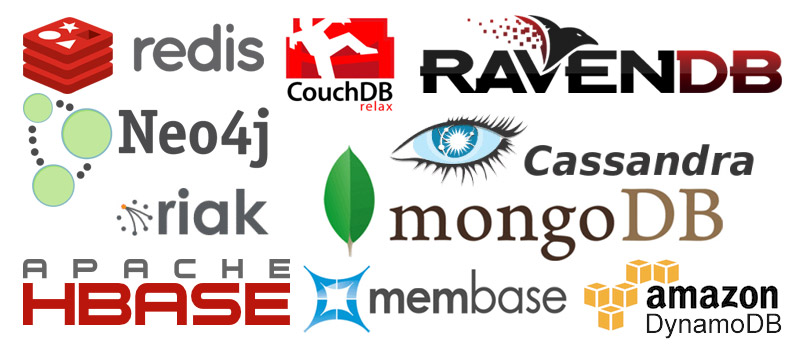
Key-value databases are by far the most basic of the NoSQL data stores. All major key-value databases, store their data in-memory, or at least provide the option to store in-memory or on disk. Some of the most popular key-value databases currently includes, Redis, Riak, Memcached, BerkleyDb, HamsterDB, Amazon Dynamo (This is part of the AWS suite and is proprietary to them).
In this article I am going to be focusing on Redis and Riak.
Key-value databases have been around for a long time. Memcached being one of the oldest and most widely used, however far from being the most feature rich over the last 5 years and is also significantly less performant than its competitors.
